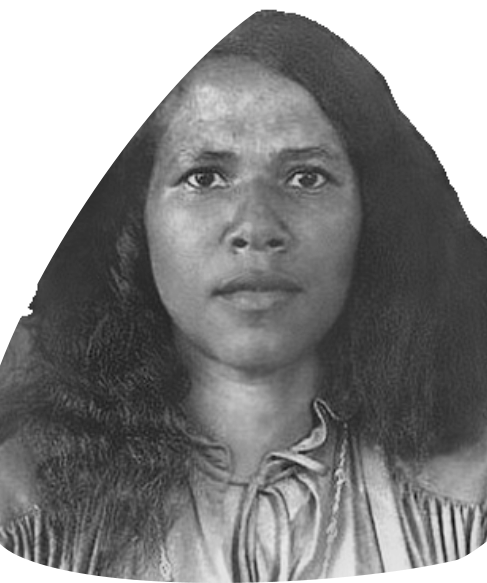Don’t be like me since this is a true extract of what happened to Therese I will be frank and endeavor to tell you what I think you should do, it is
up to you to ahead with my instructions or reject them altogether, but I hope you don’t please read carefully, OK back to the consultation with
the surgeon, what I did not know at the time of the consultation with the surgeon was that the whole procedure is base on two surgery to be
final. Therese, her condition started a while back about six years ago December 20th, 2016, when she visited the Berlin Health Physical Medicine
N euro Consultant, for severe pain in her head, the attending physician Dr. Brian A Knapp, evaluated her and his diagnosis was that she suffered
from Cerebrovascular Accident due to Thrombosis of left Anterior Cerebral Artery. Therese is a patient of Hydrocephalus, before recently I did not
know what that is much less knowing my wife is a patient of this illness.
Successful surgery means to you the caregiver, your work has now begun how will it affect you the caretaker, shortly since I have gone through
this trip I will venture to tell you as the patient caregiver what you should do to keep in the loop.
After the (VP ) Shunt was placed in Therese's head she spent some time healing at the hospital, during this time frame interval you should de-
cide your next move. Before the patient is released you are given several choices for future care for the patient, continuing therapy is a must,
choose wisely where you put your loved one, there is a good reason that I am telling you to choose wisely, in Therese's case my choices were bad
ones, keep reading to know why this is so important.
Let me take you through Therese's atrioventricular shunt placement, putting aside all reluctant and bad decisions finally on the eve of
9/30/2021 the surgeon performed an atrioventricular shunt placement, folks even at this late hour, to be honest, we were briefed by the surgeon
what the procedure entails and what he was planning to do to relieve the pressure on Therese's brain, the consultation lasted about twenty min-
utes, did I fully understood what he had just told me nope, yet to get the ball rolling I nodded my head in agreement.
I observed Therese having difficulty with her speech
and later her mobility. At the time, I did not know the
reason because of the early effects of cerebrovascular
accident (CVA). Once more, she was taken to the hospital
for further observation, where she was diagnosed with
Acute, but ill-defined, cerebrovascular disease, as her
condition worsened priority was given to that part of
her head that needed surgery, later she would be diag-
nosed with a condition called Obstructive hydro-
cephalus (HCC, in 9/24/21.
THERESE ATKINS STORY
Hydrocephalus is the build-up of too much cerebrovas-
cular fluid in the brain. Normally, this fluid cushions
your brain. When you have too much, though, it puts
harmful pressure on your brain. Hydrocephalus can be
congenital, or present at birth. Causes include genetic
problems and problems with how the fetus develops. An
unusually large head is the main sign of congenital hy-
drocephalus. Hydrocephalus,
BEFORE AND AFTER
Let me take you through Therese's atrioventricular
shunt placement, putting aside all reluctant and bad
decisions finally on the eve of 9/30/2021 the surgeon
performed an extravehicular shunt placement, folks
even at this late hour, to be honest, we were briefed by
the surgeon what the procedure entails and what he
was planning to do to relieve the pressure on Therese's
brain, the consultation lasted about twenty minutes, did
I fully understood what he had just told me nope, yet to
get the ball rolling I nodded my head in agreement.
10/19/2017 Therese has Cerebral infarction, unspecified
(HCC) for those of you who don’t know what that means,
and believe me, I did not know myself, I have taken the
liberty to research its meaning and place it below.
National Library of Medicine: A stroke is a medical
emergency. There are two types - ischemic and hemor-
rhagic. Ischemic stroke is the more common type. It is
usually caused by a blood clot that blocks or plugs a
blood vessel in the brain. This keeps blood from flowing
to the brain. Within minutes, brain cells begin to die.
Another cause is stenosis or narrowing of the artery.
This can happen because of atherosclerosis,
2021: Therese Atkins, with the help of a shunt, her journey without
Physical and occupational therapy, living a normal life with the
symptoms associated with normal pressure hydrocephalus.
HYDROCEPHALUS
Page 1
Therese, her condition started a while back about six years ago December
20th, 2016, when she visited the Berlin Health Physical Medicine Neuro
Consultant, for severe pain in her head, the attending physician Dr. Brian A
Knapp, evaluated her and his diagnosis was that she suffered from
Cerebrovascular Accident due to Thrombosis of left Anterior Cerebral Artery.
THERESE MEDICAL HISTORY
Call (414) 750-2276
75 years Experiences
GET IN TOUCH
All rights reserved. No part of this site may be reproduced in any form or by any electronic or mechanical means, including information storage and retrieval systems, without permission in writing from the author. The only exception is by a reviewer, who may quote short excerpts in a review.
Site Title Copyright © 2017 by Kenvil G Atkins. All Rights Reserved: Design at Wings Studio | shalum07@gmail.com| kenvilgatkins.com:































